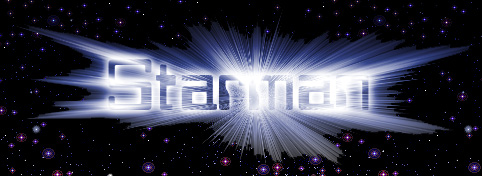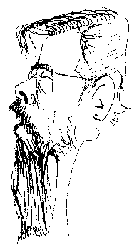(not visible)
Sunrise: 05:58
Sunset: 20:32

Monday
22nd December 2025

From the
|

|
|
From the Starman ... I have written a small book about the stars visible from New Zealand called "Naked Eye Wonders" It is written in a straightforward manner for the interested layperson to be able to identify all the interesting points with only the naked eye. The book is 40 pages including an 8 page colour section, numerous simple to follow diagrams and a large fold out star chart. "You can get a great view and sense of awe just looking at the stars with your naked eye. Identify the Southern Cross, find our closest neighbor star, view the farthest system you can see with your unaided eye, and a few things in-between. its all available to you, just step outside the door when the sun goes down and see the greatest show ever." The cost of 11.95 and includes standard postage to anywhere in New Zealand. Contact the author, Paul Taylor, at 10 Atworth Way, Burswood, Botany, Auckland 2013 or via e-mail him at . Webmaster: Very readable and full of information. A GREAT value! |

|
15 April 06
Hi,
SATURN
Saturn is bright in our evening sky at present. look for its yellow light bright in the North as soon as it becomes dark in early April.
Saturn's rings are a stunning site the first time you see them through even a small telescope, and you will not get to see them as well as now for another five or six years. So now is a good time to take a trip to your local observatory to have a look through a quality telescope.
Saturn takes just under thirty years to orbit the Sun and during this time because of its tilted axis the view of its rings as seen from Earth open and close in a fifteen year cycle. They were most open in 2002 and are now in there closing cycle and will be almost edge on in 2009. The computer generated image attached shows this cycle from 2002 through to 2017. It is even better illustrated as this
animated file I made. It is quite a large file.
When Galileo first observed Saturn through his telescope around 1610 the aspect of the rings was a little more closed than they are now in 2006. His telescope and optics were nowhere near as good as even small amateur telescopes of today are and he described Saturn as a composite of three stars which almost touch each other oOo. In 1612 the rings were edge on and it was thought a great mystery that the two side stars had then disappeared. Over the next forty years Saturn's changing shapes were studied and variously described as an oval or a ellipsoidal disk with two crescent shaped handles. In 1659 Huygens, the discoverer of Saturn's moon Titan, was the first to describe Saturn as having a thin flat ring around it.
In 1675 using better quality telescopes the gap in the rings now known as the Cassini division was discovered. So don't put of your trip to the observatory to view Saturn, it will be another six years before you will be able to see the rings as well again and another eleven years until they are at their maximum in 2017.

Matariki, or the Pleiades, is setting now in early April in the west at sunset; and will start to return rising just before dawn in early June. Marking the point for the Maori new year celebrations of Matariki which this year will be June 27. Reminders about this in my next irregular update. Until then, enjoy the clear skies, and the occasional cloudy ones ...
Paul Taylor